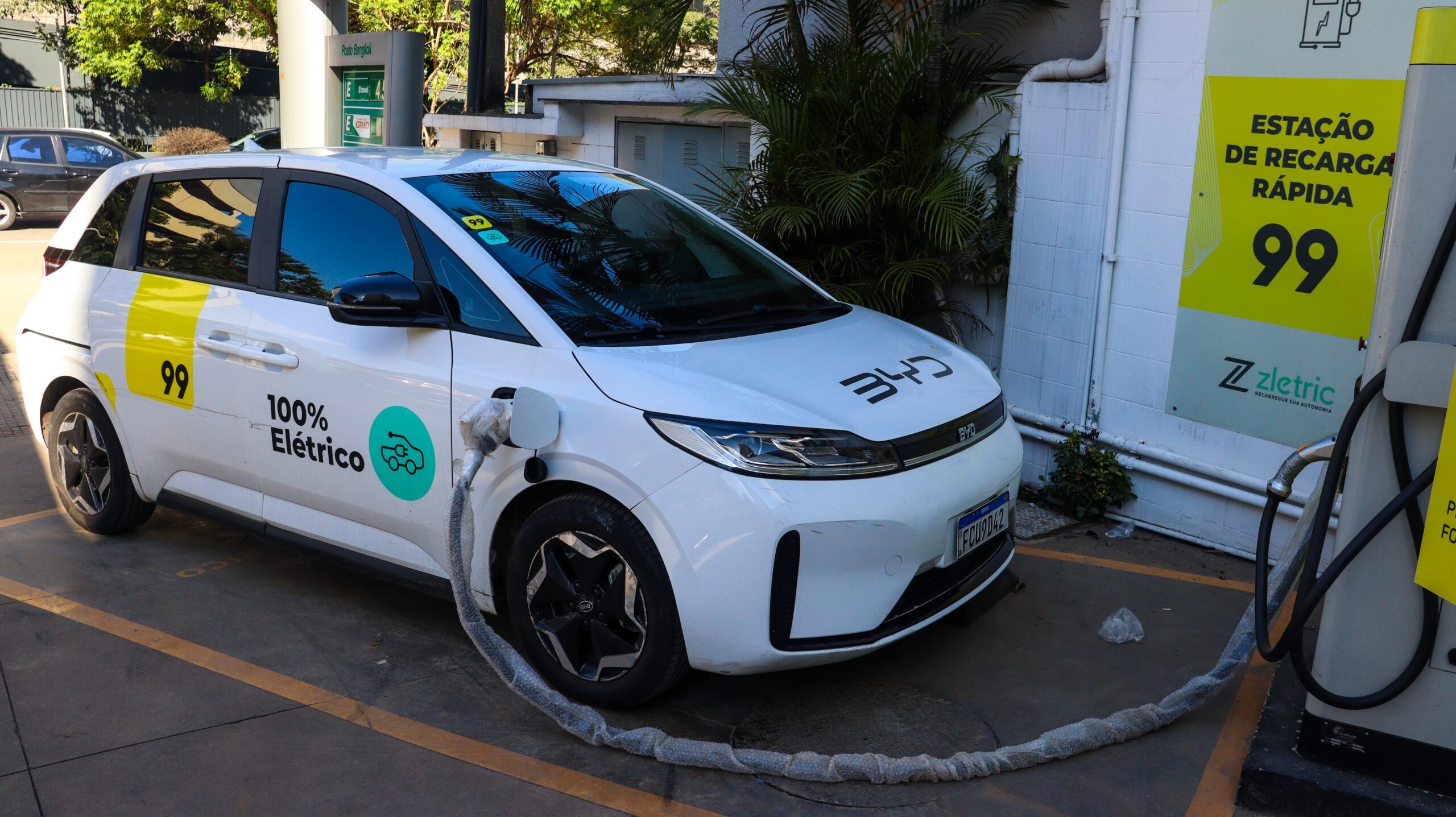The race for AI marks the entry point of the fourth industrial revolution, where great powers, especially the US and China, are competing neck-and-neck for computing capabilities. While US firms like DeepMind and OpenAI have historically dominated the market, they now face competition from Chinese models such as DeepSeek-R1 and V3, which provide open-source accessibility and democratising capabilities.
Powerful AI can perform complex tasks, including autonomous and remote operations. Generally, Artificial General Intelligence (AGI) and Artificial Super Intelligence (ASI) represent this powerful AI, as both possess human-like cognitive abilities and have the potential to transform geopolitical order. However, their emergence is still speculative, with AGI expected no sooner than 2040. Although powerful AI is geopolitically significant, it could alter the global order.
Computing is core to AGI race
The graphic processing unit (GPU) is the cornerstone of AI computing power, essential for training, inference, and reasoning. Since 2020 when President Joe Biden took office, the US has enforced strict controls on chip exports to China. This policy is implemented through the 2022 AI Diffusion Framework, which mandates export licenses for GPUs under a tiered system: Tier 1 (no restrictions), Tier 2 (partial restrictions), and Tier 3 (complete restriction), with China placed in Tier 3. Former National Security Advisor Jake Sullivan formalised this strategy as the “small yard, high fences” policy, extending a Trump 1.0 approach designed to isolate China from advanced computing capabilities.
To support this initiative, the US formed a trilateral agreement with the Netherlands and Japan, key players in advanced lithography (e.g., the Netherlands’ ASML and Japan’s TEL, Nikon, and Canon), to limit exports of chipmaking technology to China. Ironically, these countries remain dependent on China for critical minerals essential for EV batteries.
Although US measures have slowed China’s progress, they failed to halt it. Despite sanctions on computing power, China’s launch of the DeepSeek R1 and V3 models rattled the US market, notably affecting NVIDIA’s stock. More significantly, it transcended the China “follower narrative” and demonstrated genuine indigenous innovation.
In response, the US Department of Commerce is building upon existing controls: Initial restrictions targeting advanced AI chips were already in effect as of 13 January 2025. The April 2025 action specifically expanded these restrictions to include Nvidia’s H20 GPU, previously excluded under January rules. Companies were granted a transition period until 15 May 2025 to achieve full compliance with the new export limitations. This move underscores the US perception of China’s computing prowess as a national security threat. Thea D. Rozman Kendler, Assistant Secretary for Export Administration, mentioned:
“The PRC has poured resources into developing supercomputing capabilities and seeks to become a world leader in artificial intelligence by 2030. It is using these capabilities to monitor, track, and surveil their own citizens and fuel its military modernisation.”
However, this stance faces counterarguments. A report from Anthropic argued that the threat posed by DeepSeek is overhyped, citing a cyber/CBRN test that identified no national security risks and promoting collaboration between US and Chinese companies. AI policy expert Jack Clark offered a nuanced view: “DeepSeek has clever algorithmic ideas; if they had access to arbitrarily large amounts of compute, they might become a closer competitor.”
Computational power is critical not only for AI advancement but also for AI alignment. Both nations are fiercely competing for supremacy in “compute governance,” the strategic control over the hardware underpinning AI dominance.
AGI complexity
Advanced chips are the bedrock of powerful AI supremacy. These chips function as a strategic chokepoint, subject to escalating export controls that disrupt global supply chains, destabilise international security, and reshape geopolitical order. For instance, Taiwan’s TSMC manufactures 90 percent of the world’s most advanced chips and wields immense leverage amid US-China tensions. Despite China’s unification efforts, TSMC’s compliance with US export restrictions underscores its role as a “silicon shield.” The US reinforces this by pushing to designate Taiwan a “NATO Plus” partner.
The strategic value of powerful AI lies in their dual-use nature. Chips like NVIDIA A100/H100/H20 GPU enable real-time sensor fusion and targeting calculations for battlefield decision-making, and this computational capability of lethal autonomous weapons systems poses inherent security risks. China’s civil-military fusion exploits dual-use technologies, while the US counters with initiatives like its “Manhattan Project for AI” to dominate AGI development. Despite US export bans on high-end NVIDIA GPUs, China’s Huawei Ascend 910 challenges NVIDIA’s foothold domestically. Tencent Chairman Ma Huateng confirmed this shift, noting that the trade war is now shifting to a tech war.
Chips are crucial for manufacturing, health, finance, transportation, and research, making control over them synonymous with economic hegemony. The AGI race is not merely technical; it’s about setting global standards and narratives.
AGI trends in competition
China’s rapid AI advancement suggests computing power is no longer its constraint in the race for AGI dominance. Backed by initiatives like AI+, Made in China 2025, and the 14th Five-Year Plan, the country has pivoted from imitation to innovation capability, claiming a new era of technological self-sufficiency. Yet this narrative clashes with critiques from within China itself. DeepSeek founder Liang Wenfeng stressed:
“The US-China AI gap is one or two years, but the real gap is creativity and imitation. China is a free rider, without producing any real technological innovations. If this continues, China will always be a follower in AI innovation.”
While Liang’s words imply a divide between imitation and innovation, China’s visible progress is hard to dispute. A collaborative report from June 2025 by Strider and the Special Competitive Studies Project (SCSP), titled China’s AI Infrastructure Surge, revealed the existence of more than 250 state-backed AI data centres throughout China. Among the 856 total stakeholders, 88 are directly linked to the People’s Liberation Army (PLA), defence contractors, or US-sanctioned organisations. This infrastructure boom highlights the quest for a dominance that extends beyond terrestrial infrastructure, pioneering long-term aims for space dominance through space-based AI computing, overseas engagement, and infrastructure expansion.
Implication of AGI race
The focus for the AGI race has shifted; it is no longer primarily about technological dominance but increasingly about who controls the infrastructure essential for AI development. This shift transforms AGI competition into a contest over systematic influence: the ability to shape global narratives, set norms, and control innovation pathways. China’s strategy reflects this shift. Its pursuit of AGI supremacy set the foundational layers. Huawei’s potential emergence as a leader in advanced semiconductor manufacturing could be the biggest game-changer, fundamentally reshaping global innovation, supply chains, and international order.
With the Chinese government’s incentivisation and strategic investment in AI companies, a significant leap in its AGI capabilities is highly predictable. However, the immediate critical concern is the governance of computing power. With national interests driving the AGI race multilateral solutions are likely to be consistently overridden, as starkly shown by the failure of the February 2025 Paris AI Action Summit. While China signed the summit’s declaration, the US and UK baulked at signing the communique for AI global governance, mentioning it lacks the clarity on global governance.
Democratised, open-access AI carries inherent risks: potential misuse by non-state actors and escalating cyber threats. In the high-stakes contest, driven by competing national agendas to dominate AGI, there is no ultimate winner. Establishing an effective multilateral governance framework is now crucial.
Nistha Kumari Singh is a doctoral candidate and TMA Pai Fellow in the Department of Geopolitics and International Relations, Manipal Institute of Social Sciences Humanities and Arts, Manipal Academy of Higher Education (Institution of Eminence), Manipal, India.
This article is published under a Creative Commons License and may be republished with attribution.





